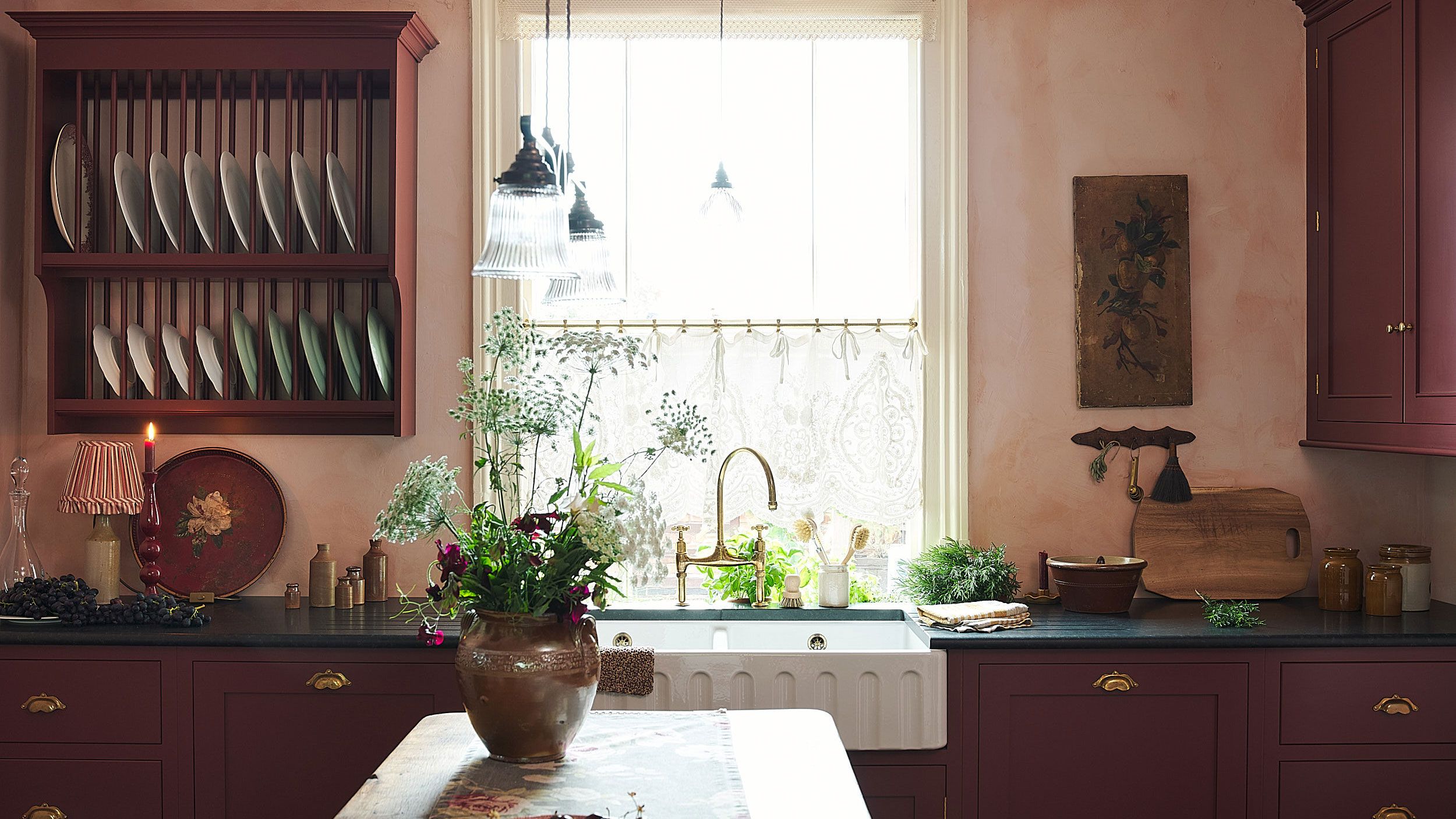Color Capping Will Be the Biggest Interior Design Trend of 2026
:max_bytes(150000):strip_icc()/LindsayBrown_AnnieDowningHasso175681-3600902a102c4e809ed514170c7b701d.jpg)
While color drenching seemed to be everywhere this year, a different painting technique is primed to take over in 2026—color capping.
This tonal technique uses different shades from the same color family in a gradient pattern to draw the eye up while adding unexpected depth to any room, explains Jessie Brooks, an expert in color theory and visual aesthetics and product manager at Davincified. “It creates visual interest without overwhelming a space,” she adds. “When done right, it can make rooms feel taller and more polished.
Ahead, Brooks shares practical tips to help DIY enthusiasts master the look, from selecting the perfect palette to achieving a flawless finish.
Jessie Brooks, an expert in color theory and visual aesthetics and product manager at Davincified
What Is Color Capping?
Color capping involves painting your walls in graduated tones of the same color family, typically starting darker at the bottom and transitioning to lighter shades as you move toward the ceiling. Or it can be the reverse: lighter tones are used on the walls, mid-tones accent the trim, and the deepest shade “caps” the room at the ceiling.
Instead of just one bold color like drenching, the technique uses subtle tonal shifts to add dimension and interest without the need for molding or wainscoting. “Think of it as creating a gentle ombre effect on your walls,” Brooks says. “You’re working within one color story, but using three to five different shades to build depth.”
The visual impact can completely change how a space feels. Lighter tones near the ceiling draw the eye upward, making a room appear taller. “Your eye naturally follows the gradient upward, which tricks the brain into perceiving more vertical space,” Brooks explains.
In addition to living rooms, bedrooms, and dining rooms, entryways and hallways are perfect for this treatment. “A narrow hallway with graduated tones can feel wider and more welcoming,” she notes. But avoid color capping in rooms with many windows or architectural details that might compete with the horizontal bands, Brooks advises.
Choosing a Color Palette
Start by choosing a base color family. “Pick a color you love and can live with in multiple intensities,” Brooks advises. “Soft blues, warm terracottas, sage greens, and sandy neutrals all work beautifully for this technique.”
Once you have the base, select three to five shades within that family. (Paint stores typically organize colors showing tonal variations.) “Grab a paint strip and choose every other shade, or select the lightest, mid-tone, and darkest from the same family,” Brooks suggests.
For rooms where you want to create the illusion of height, go lighter as you move up. “Your darkest shade should be at the bottom, graduating to your lightest at the ceiling line,” Brooks explains. For narrow rooms, keep the darkest tones along the longest walls and use lighter shades on shorter walls for visual balance. In small rooms, stick to lighter overall palettes.
And remember to consider the room’s natural light. “Test your colors on the actual walls at different times of day,” Brooks recommends. “Light changes everything.”
Prepping the Walls
As with any paint project, start with clean, smooth walls. Fill any holes or cracks with spackle, sand them smooth, and wipe down all surfaces. “Color capping highlights imperfections more than single-color walls do because of the tonal transitions,” Brooks notes.
Before you start painting, map out the color bands, dividing the wall into three to five horizontal sections. “For standard 8-foot ceilings, three to four bands work well,” Brooks says. Use painter’s tape and a level to mark your sections. Measure carefully to ensure each band is the same height around the entire room.
Go From Light to Dark
Always start with the lightest shade at the top and work your way down. “This way, if you accidentally overlap, you’re covering lighter with darker, which is easier to correct,” Brooks explains.
For crisp lines between colors, remove the painter’s tape while the paint is still slightly wet. If you’re going for a blended transition, use a dry brush or sponge to gently blend the colors while the paint is still workable. She also recommends painting one full section—from light to dark—at a time rather than doing all the lightest bands first.
link




